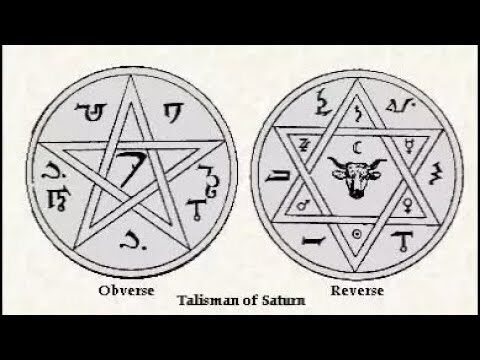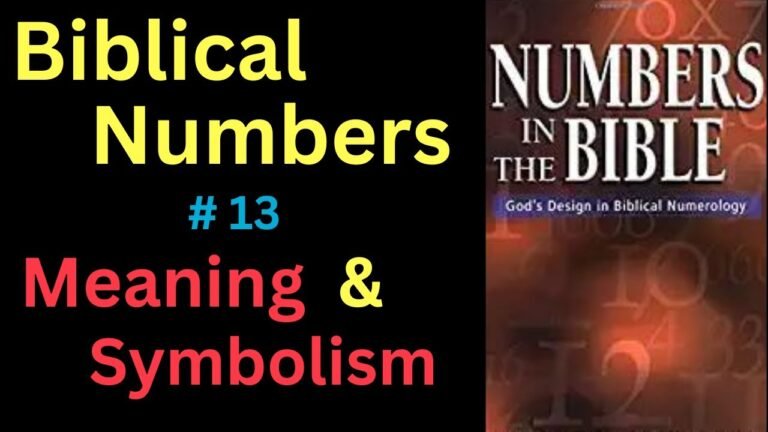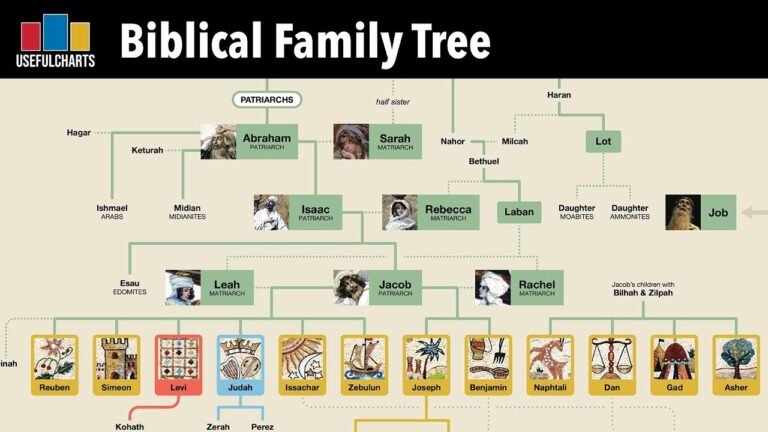The Mystique of the Remphan Star
The Remphan Star, often shrouded in mystery and intrigue, has captivated scholars and enthusiasts alike for centuries. This ancient symbol, linked to various cultures and mythologies, raises questions about its origins and significance in the modern world. As we delve into the fascinating history and interpretations of the Remphan Star, we uncover a rich tapestry of beliefs that reflect humanity’s enduring quest for meaning and connection in the cosmos. Join us on a journey to explore the enigmatic legacy of this celestial emblem and its impact on art, religion, and beyond.
What is the star of Remphan?
In ancient Babylonian culture, the celestial body Saturn held a prominent position, often regarded as a star and linked to a deity revered as a star god. This connection underscores the significance of astronomy in Babylonian religion, where celestial bodies were not merely objects in the sky but integral elements of their spiritual beliefs.
The name Remphan is commonly associated with this celestial theme, as it is identified by scholars and biblical dictionaries as a reference to the Babylonian god linked to Saturn. Additionally, the god Kiyun, or Chiun, is another name tied to this wandering star, highlighting the intricate relationship between Babylonian worship and their observations of the cosmos. This reverence for Saturn and its deities reflects the broader human fascination with the stars and their influence on ancient civilizations.
What is the meaning of Remphan in the Bible?
In the Bible, the term Remphan refers to a deity associated with idol worship, specifically the star-god Saturn or Moloch. This name appears in Easton’s Bible Dictionary, highlighting its significance in the context of ancient practices that often led to the forsaking of true worship. The term underscores the struggle between devotion to God and the allure of pagan rituals.
Luke’s narrative in the Acts of the Apostles also adopts the name Rephan, demonstrating the continuity of this idolatrous worship among the people. By referencing Remphan, the text serves as a reminder of the dangers of turning away from divine commandments and the consequences of succumbing to the temptations of false gods. This connection emphasizes the importance of fidelity in faith and the perennial struggle against idolatry throughout biblical history.
Does the Bible mention the Star of David?
The Star of David, known for its distinctive six-pointed shape, has become a widely recognized symbol of Judaism and Jewish identity. Its origins, however, are not rooted in the biblical texts or Talmudic teachings. Instead, it emerged as an emblem in the Jewish community of Prague during the 17th century, where it was adopted as an official symbol to represent their community.
As the centuries progressed, the Star of David gained prominence and became the official seal for various Jewish communities across Europe. Its adoption marked a significant cultural moment, signifying unity and resilience among Jewish people, particularly during times of adversity. While many view the star as a powerful representation of their faith and heritage, it is important to note that its significance evolved over time rather than being derived from ancient scriptures.
Today, the Star of David stands as a symbol of Jewish pride and identity, frequently seen on synagogues, Jewish tombstones, and cultural artifacts. Although it lacks a direct biblical foundation, its impact on Jewish life and culture is profound, serving as a reminder of historical struggles and the enduring spirit of the Jewish community throughout the ages.
Unveiling the Secrets of an Ancient Cosmic Symbol
For centuries, the enigmatic symbol of the ouroboros has captivated scholars, mystics, and artists alike, representing the eternal cycle of life, death, and rebirth. This ancient cosmic emblem, often depicted as a serpent devouring its own tail, embodies the concept of infinity and the interconnectedness of all existence. Emerging from the depths of mythology and alchemy, the ouroboros invites contemplation on the nature of reality, urging us to recognize the beauty in the cyclical patterns of the universe. As we delve deeper into its rich history, we uncover a tapestry of meaning that resonates across cultures, reminding us that in every ending lies the seed of a new beginning.
Exploring the Enigmatic Influence of Remphan
Remphan, often shrouded in mystery, serves as a compelling symbol of cultural and spiritual significance across various societies. This ancient deity, linked to celestial bodies and often associated with the worship practices of the Israelites, invites a deeper exploration of its impact on religious beliefs and rituals. As scholars delve into historical texts and archaeological findings, the multifaceted nature of Remphan emerges, revealing its role in shaping ideologies and offering insights into the complexities of faith. The enigmatic influence of this figure continues to resonate, prompting modern interpretations that challenge our understanding of spirituality and cultural identity.
A Journey Through Celestial Legends and Lore
From ancient civilizations to modern-day astronomy, the stars have always captivated humanity’s imagination. Cultures across the globe have woven rich tapestries of myths and legends, interpreting the constellations as divine messages or reflections of human experiences. The night sky becomes a canvas painted with tales of gods, heroes, and mythical creatures, each star representing a fragment of our collective storytelling. These celestial narratives not only enrich our understanding of the cosmos but also connect us to our ancestors, reminding us of the universal quest for meaning in the vastness of the universe.
As we delve deeper into these legends, we uncover fascinating insights about the cultures that birthed them. The Greeks, for example, immortalized their gods through constellations like Orion and Cassiopeia, while Indigenous peoples around the world often saw their ancestors reflected in the stars. Each story serves as a cultural artifact, preserving the values, beliefs, and dreams of those who gazed up at the night sky long before us. In this way, the stars become more than mere points of light; they transform into a bridge between past and present, guiding us through the complexities of existence.
Today, as we stand on the shoulders of those who came before us, the allure of celestial exploration continues to inspire. Advances in technology allow us to peer deeper into the cosmos, revealing wonders that fuel both scientific inquiry and artistic expression. The stories of celestial bodies remind us that the universe is not just a backdrop to our lives but an integral part of our shared human experience. As we navigate our own journeys, the legends of the stars serve as a reminder that we are all part of a much larger narrative, one that spans time and space, inviting us to dream and discover.
The Remphan star, with its rich historical significance and multifaceted interpretations, continues to captivate both scholars and enthusiasts alike. Its symbolism transcends time and culture, inviting deeper exploration into the intersections of faith, mythology, and astronomy. As we unravel the mysteries surrounding this enigmatic celestial figure, we are reminded of the enduring power of symbols to inspire curiosity and provoke thought across generations. Embracing the allure of the Remphan star encourages us to look beyond the surface and seek meaning in the cosmos that connects us all.







